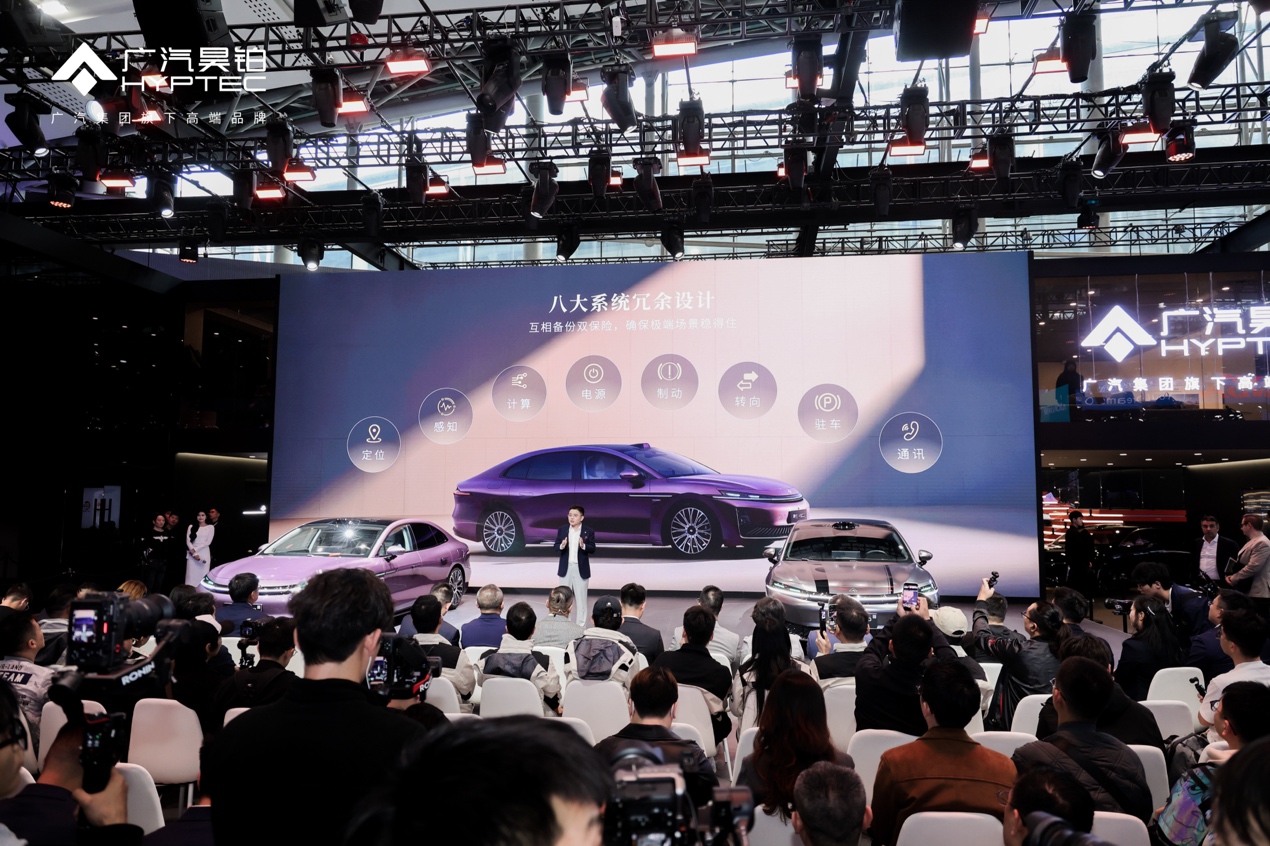
At this critical juncture in the development of intelligent driving, the industry is undergoing a transformation from quantitative to qualitative change.
Currently, most automakers are still embroiled in a competition of computing power and sensor parameters at the L2+ stage. However, GAC Haobo A800's breakthrough in obtaining the first L3 high-speed test license at 120 km/h heralds a new era in the competition for intelligent driving, where safety systems are the deciding factor.
This breakthrough not only represents a technological leap, but also reveals the strategic transformation of the entire industry from single-point technological breakthroughs to the construction of a systematic security capability.
So why did GAC Haobo stand out among Huawei's many partners? The answer lies in the unique collaboration model and shared security philosophy of both parties.
Why GAC Haobo?
Among Huawei's many partners, GAC Haobo was able to take the lead in entering the new stage of L3 high-speed testing at 120 km/h, which is mainly due to the construction of a unique safety system and cooperation model.
GAC Star Spirit's safety protection system features eight redundancy designs, providing a robust guarantee for L3-level autonomous driving without worrying about malfunctions. This system covers key systems such as braking, steering, and power, and ensures stable vehicle operation even if any single system fails through dual system backup.

It's worth mentioning that the system allows ample time for driver intervention, enabling automatic and safe stopping even if the driver fails to take over in time. This comprehensive safety feature allows the GAC Haobo A800 to be tested at 120 km/h on highways, which is the common speed limit on Chinese highways.
On November 20th, the L3 progress report released at the Huawei Qiankun Ecosystem Conference marked a new stage in the large-scale verification of the cooperation between GAC and Huawei. This conference not only showcased the latest achievements of Qiankun Intelligent Driving ADS's L3 internal testing across multiple cities and models, but also highlighted the strategic value of the deep collaboration between the two companies in the field of intelligent driving.
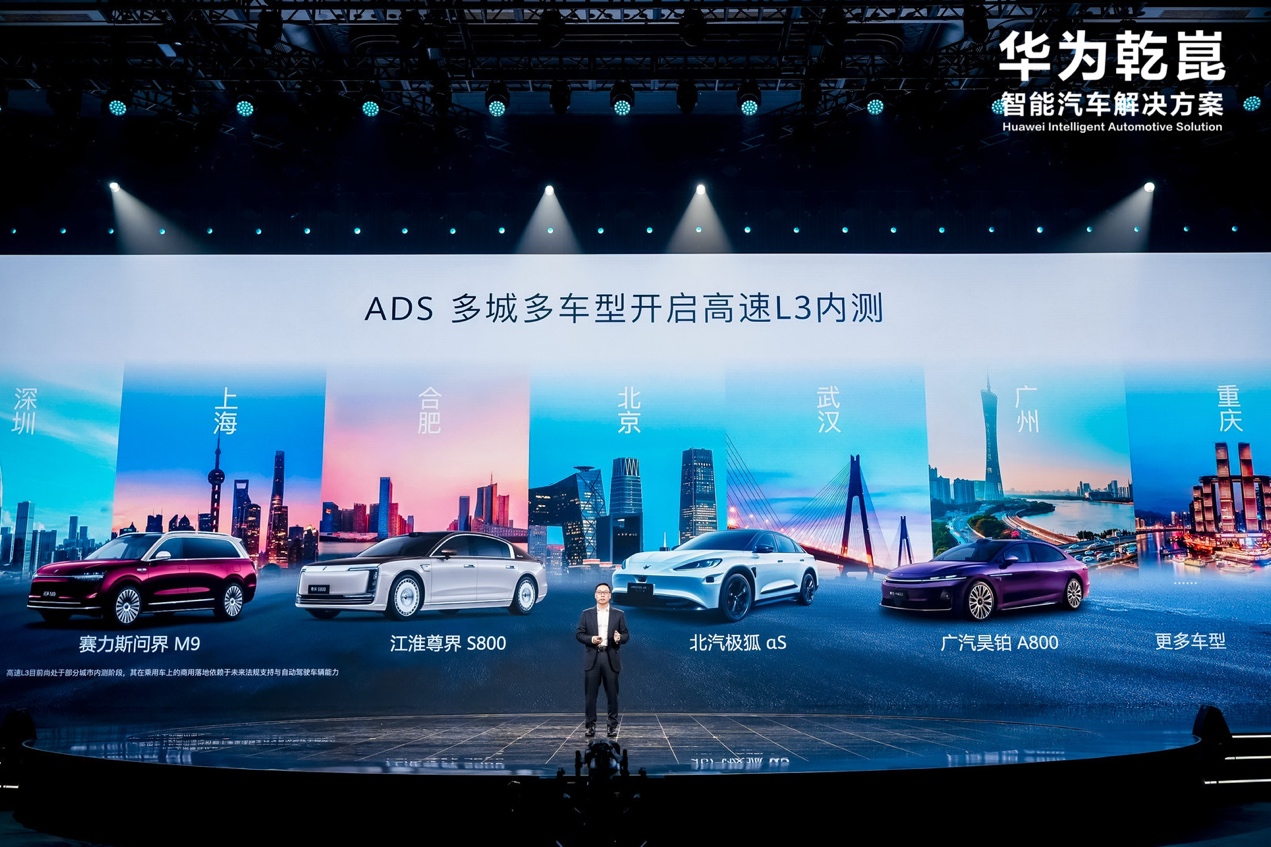
The two are not in a technology procurement relationship, but rather a genetic integration starting from the underlying architecture. GAC Xingling's safety system's eight redundant systems and Huawei Qiankun Intelligent Driving ADS 4.0's all-dimensional collision avoidance system CAS 4.0 have achieved deep integration, forming a unique technological synergy. This integration is not only reflected at the hardware level, but also achieves seamless connection in various dimensions such as algorithms, data, and verification.
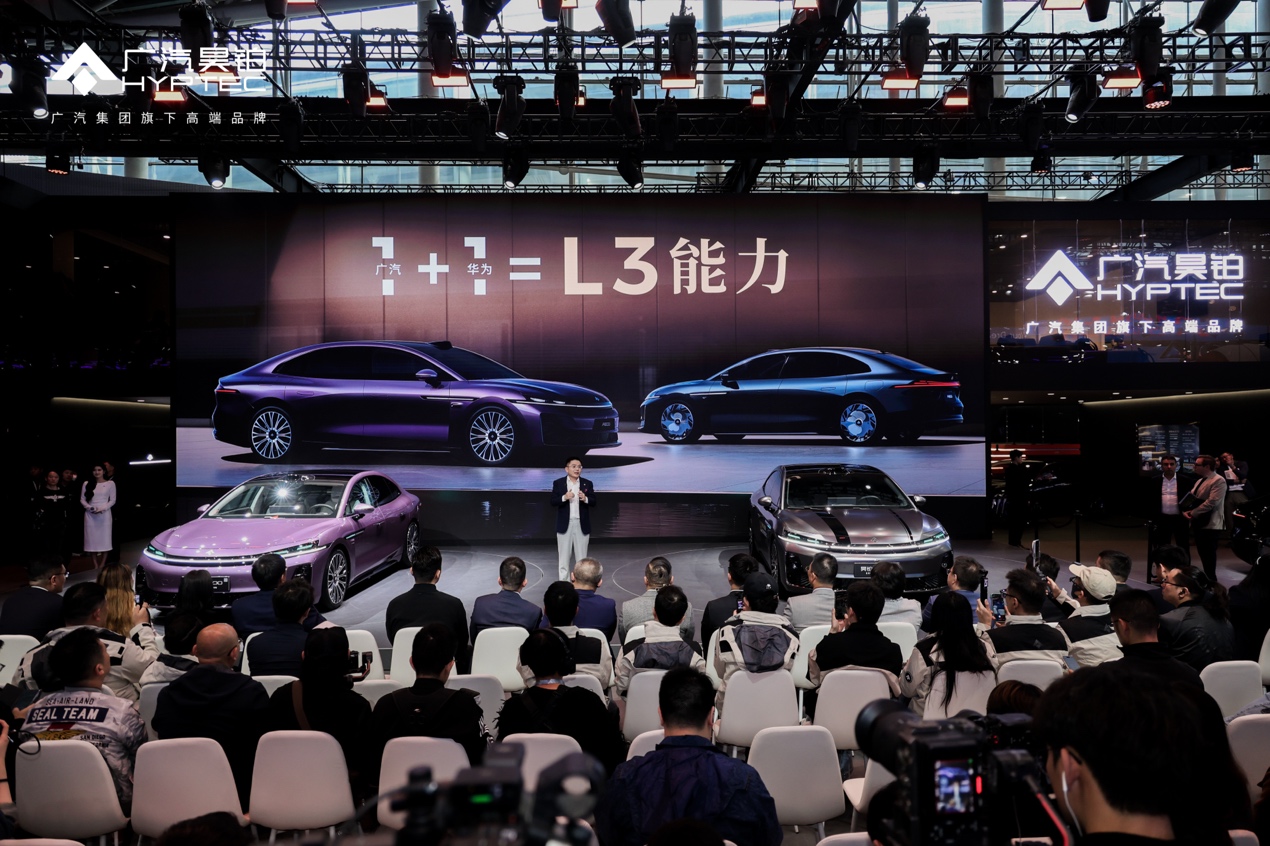
GAC's engineering and manufacturing capabilities as a complete vehicle manufacturer provide crucial support for the safe implementation of Level 3 autonomous driving. Its deep expertise in intelligent manufacturing, quality control, and supply chain management gives the GAC Haobo A800 unique advantages in vehicle integration and reliability.
On the other hand, Huawei has significant technological advantages in areas such as intelligent driving algorithms, chips, and operating systems. The combination of these two factors creates a synergistic effect where 1+1>2.
It is worth noting that this deep collaboration extends beyond the technical level, encompassing the entire process of standards development, testing and verification, and industrialization. The intelligent driving solution jointly developed by both parties considers both technological advancement and the feasibility of mass production and safety requirements. This comprehensive and in-depth cooperation sets a new benchmark for the commercialization of intelligent driving technology.
User-centered design innovation
When technological collaboration reaches a sufficient depth, product innovation gains broader scope for development. The interior design of the Haobo A800, which made its debut at the Guangzhou Auto Show, fully exemplifies this. This model achieves a 95% high degree of fidelity to the concept car design, breaking the long-standing convention in the automotive industry of "showing off without actually producing."
The world's first 2+1 convertible seat design demonstrates a profound understanding of user needs. With a single touch, users can switch between four-seat and five-seat modes. In four-seat mode, the rear seats offer a riding experience comparable to a million-dollar luxury car; while in five-seat mode, it meets the practical needs of family travel. This flexible and versatile space design reflects the product team's precise grasp of real-world user scenarios.
The implementation of the front and rear dual-ring cockpit design concept is another noteworthy innovative highlight. The driver's ring in the front row creates a focused driving atmosphere through an extremely de-hierarchical design; while the comfort ring in the rear row creates a premium riding experience through theater-style seats and a wraparound design. This design philosophy successfully resolves the traditional contradiction between driving pleasure and riding comfort, achieving dual value for both business and family use.
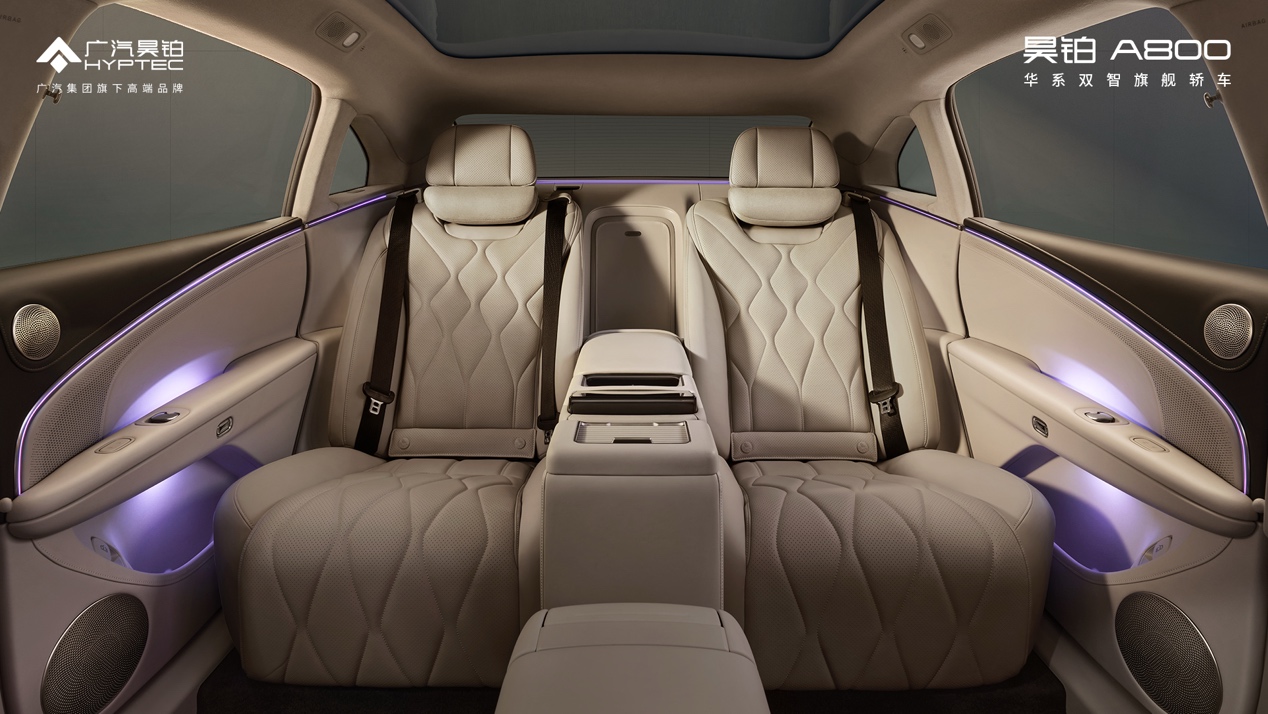
In its application of light and shadow technology, the GAC Haobo A800 also demonstrates forward-thinking. The 6536mm ambient lighting not only breaks industry records but also uses innovative processes such as iridescent glass to make the light warm and layered.
The combination of three-sided rotating headlights and the intelligent driving blue light gives the vehicle a unique expression and look. These design innovations have collectively driven the transformation of the automobile from a mere means of transportation to an emotionally engaging mobile space.
Redefining the smart mobility experience
With the transformation of automotive product attributes, the focus of competition in intelligent vehicles is shifting from functional implementation to experience optimization. The HarmonySpace 5 cockpit in the Haobo A800 represents a new direction in the development of intelligent cockpits—moving from passive question-and-answer interaction to proactive natural partnership.

The core of this transformation lies in the fact that the system no longer simply executes user commands, but is able to understand user intentions and scenario needs, providing proactive services. Based on the new MoLA intelligent architecture, the HarmonyOS cockpit can learn user habits and preferences to provide personalized services in different scenarios. For example, when approaching a frequently visited location, it will proactively recommend relevant service information.
The introduction of Level 3 autonomous driving capabilities fundamentally changes the user's driving experience. When the function is activated, the driver can operate the vehicle hands-free and eyes-free, greatly reducing fatigue during long drives. More importantly, through the coordinated operation of eight redundant systems and a full-dimensional collision avoidance system, driving safety is ensured even in the event of a system malfunction. This comprehensive safety guarantee allows users to truly entrust the driving task to the system with complete peace of mind.
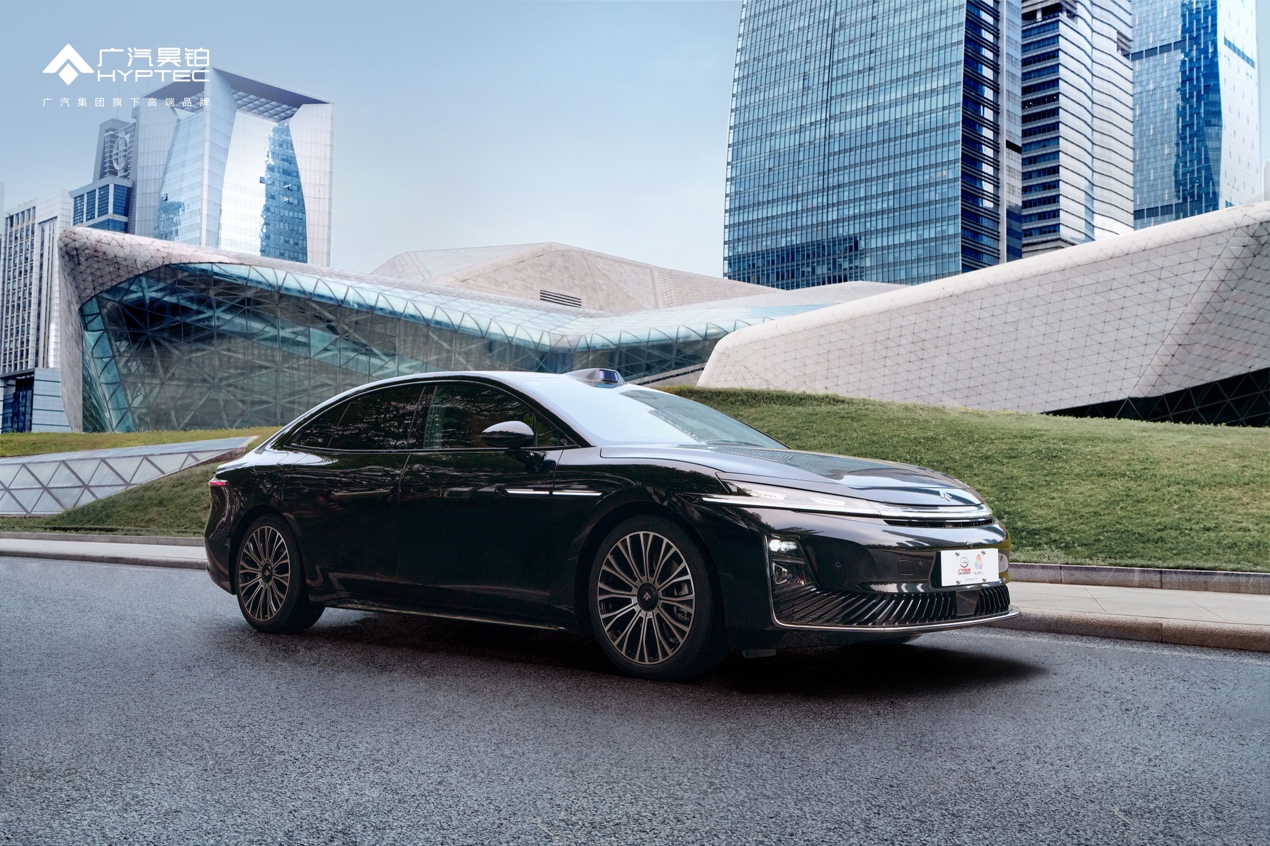
Hailed as the "flagship intelligent sedan of Chinese brands," the GAC Haobo A800 embodies the organic integration of regional characteristics and global technology. This model not only carries the mission of elevating the GAC Group's brand but also represents the innovative strength of the Guangdong-Hong Kong-Macao Greater Bay Area in the field of intelligent connected vehicles. From its use as a VIP vehicle at the 15th National Games to its debut at the Guangzhou Auto Show, the Haobo A800 is validating its product strength and reliability through various real-world application scenarios.
The intelligent driving industry is facing transformation.
The groundbreaking progress of the Haobo A800 provides a new development path for the entire intelligent driving industry.
In the second half of the development of intelligent driving, the depth of safety systems and industrial collaboration is replacing single technical parameters as a new competitive barrier.
Behind this 120 km/h L3 high-speed test license lies the strategic transformation of China's automotive industry from technological catch-up to standard leadership. It signifies that China's intelligent driving industry has the strength to participate in global competition and demonstrates the company's ability to find a balance between technological innovation and safety and reliability.
With the imminent commercialization of Level 3 autonomous driving, the intelligent driving industry is poised for a new round of reshuffling. Companies capable of establishing systemic advantages across multiple dimensions, including safety, technology integration, and user experience, will dominate future competition.
The successful application of GAC Haobo A800 demonstrates that only by deeply integrating technological innovation with user needs and prioritizing safety and reliability can we truly promote the large-scale application of intelligent driving technology.
In this industrial transformation led by systematic innovation, Chinese automakers are demonstrating unprecedented confidence and strength. From technology followers to standard setters, from product exporters to business model innovators, China's intelligent driving industry is showcasing its unique value on the global stage.
Looking ahead, with the gradual maturation and commercialization of Level 3 autonomous driving technology, we have every reason to believe that intelligent driving will bring profound changes to human mobility. In this process, Chinese automakers, represented by GAC Haobo, will play an increasingly important role, contributing Chinese wisdom and solutions to the development of the global intelligent driving industry.